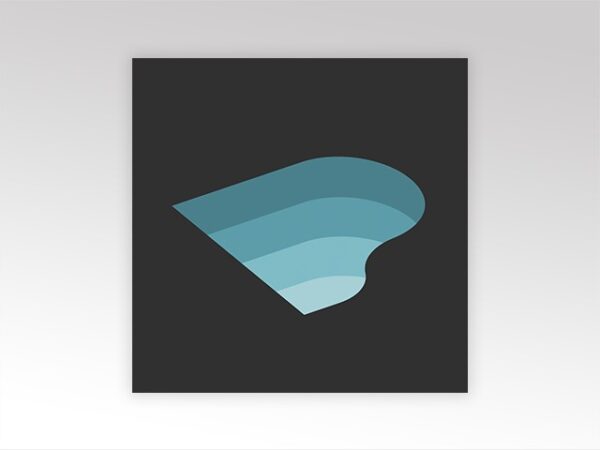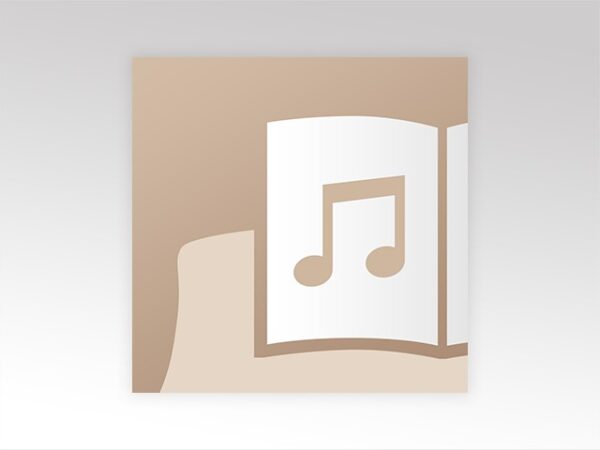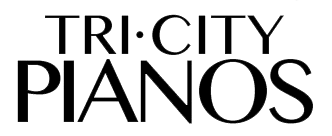PART IV: CONNECTIVITY
The ability to connect with technology is one of the advantages of a digital piano. From using your piano as a Bluetooth speaker to practicing quietly with headphones to scoring music via MIDI, connectivity has increased the ways in which a digital piano can be used. Here are some of the ways Kawai digital pianos can connect with your world.MIDI

MIDI stands for Musical Instrument Digital Interface and though this technology is not new, it continues to prove its worth with the ability to expand a digital piano’s usefulness in classrooms, recording studios and live performance situations. It allows the user to connect their digital piano to home computers, sequencers, sound modules, etc. Every Kawai digital piano can connect via MIDI, either thru IN/OUT ports, a USB to HOST connection, or Bluetooth.
APPS
Kawai continues to expand the capabilities of their digital pianos thru apps. They are all free to download and offer a wide variety of tools, teaching aids, and entertainment.
PianoRemote

The PianoRemote app provides a fresh and engaging way to interact with your Kawai digital or hybrid piano using a smartphone or tablet. Select sounds and make personalized adjustments with ease, or simply sit back and browse the instrument’s built-in piano music library from the comfort of an armchair.
PianoRemote allows various aspects of the selected piano sound to be adjusted using the powerful Virtual Piano Artisan / Technician function. Ten ‘Smart Mode’ presets provide an efficient way to change multiple characteristics of the piano easily, while the ‘Advanced Mode’ screen allows more discriminating players to control the precise values of individual parameters such as voicing, cabinet resonance, and hammer noise.
The PianoRemote user interface is designed to be intuitive and easy to use, allowing musicians to concentrate on playing their piano. However, the app also includes a complete, multi-language online manual, providing detailed information about each feature, and step-by-step instructions for changing sounds and adjusting parameters. To access the manual, click here
To learn more or download the app, click here
iOS/Android compatible
PiaBookPlayer

The PiaBookPlayer app allows Kawai digital and hybrid owners to view the notated scores of the many classical lesson pieces and practice drills built into their instrument. They can also listen to these pieces play back through their instrument. The app features a clean user-interface, allowing pieces to be easily selected and displayed on a tablet or smartphone.
Many Kawai digital pianos include a large selection of classical lesson pieces from composers such as Bach, Chopin, Czerny, can Beethoven built into the instrument. The PiaBookPlayer provides an effortless way to listen to this useful material, with a total of 377 pieces accessible for all compatible Kawai models – even instruments that do not originally include the Lesson function. To learn more or download the app, click here
iOS/Android compatible
AURES Music

The AURES Music app allows owners of Kawai AURES and ATX4 hybrid pianos to enjoy music streamed from a smartphone or tablet through the instrument’s soundboard speaker. The app features a modern user interface with controls to easily adjust tone control and audio playback volume, as well as enable/disable the digital piano sound engine and set key transpose and tuning settings. The AURES Music app can also be used to easily launch music apps from popular streaming services including Apple Music, Spotify, Amazon Music, etc. This provides a convenient way for pianists to enjoy listening to music through the AURES piano. To learn more or download, click here
iOS/Android compatible
INTEGRATED BLUETOOTH®

Kawai employs two types of wireless technologies in most of their digital pianos: Bluetooth MIDI and Bluetooth Audio. They act in very different ways. Bluetooth MIDI sends and receives data as you would expect. It simply does it without the need for cables. The second is Bluetooth Audio. Its connection is similar to the connection your car makes with your phone. Once it pairs with you phone, tablet, or laptop, you can enjoy a wide variety of engaging music-related apps that enhance the learning and playing experience. Additionally, you can stream audio from your device through the instrument’s speaker system and enjoy playing along with your favourite songs.
* See model specifications for connection availability.USB TO DEVICE

The USB to DEVICE port allows favourite instrument settings, registrations, and recorded songs stored within the piano’s internal memory to be safely preserved on USB flash drives, or for standard MIDI files (SMF) to be played back using the instrument’s sounds without the need for additional hardware or cables. USB flash drives can also be used to play back MP3 or WAV audio files, allowing musicians to learn the chords or melody for a new piece, or to simply play along with their favourite songs. It is even possible to record live performances (including external line-in audio) directly as MP3 or WAV audio files for emailing to family and friends, or casual listening away from the piano.
* See model specifications for connection availability.SPACIAL HEADPHONE SOUND (SHS)

Kawai’s Spatial Headphone Sound (SHS) technology enhances the depth and realism of the instrument’s sound when listening through headphones or earbuds. The player can select from various presets that adjust the spatial positioning of the sound, while also helping to reduce auditory fatigue when using headphones for extended periods of time. This technology is further enhanced with the addition of a dedicated, high fidelity headphone amplifier which significantly improves headphone sound quality. The user can also select from a variety of headphone types (open, semi-open closed, in-ear, canal, etc.) so the sound can be tailored for an optimized listening experience.
* See model specifications for connection availability.LINE IN/OUT
Many Kawai digital pianos have dedicated line in/out ports which allow for other devices, such as MIDI modules and iPads, to be played thru the digital piano’s built-in speakers. They similarly have the ability to be played thru other sound system such as a church PA system or home stereo. These features are best utilized in recording and performance situations.
* See model specifications for connection availability.Kawai’s Grand Pianos In Depth
With approximately 9,000 moving parts, the piano may be the most complicated acoustic instrument ever built. There are dozens of components that must work in
Kawai’s Digitals: Part 5 – The Rest
PART V: THE REST Beyond simply being played as an instrument, digital pianos have other features that can enhance the musical experience. With built-in lesson
Kawai’s Digitals: Part 4 – Connectivity
PART IV: CONNECTIVITY The ability to connect with technology is one of the advantages of a digital piano. From using your piano as a Bluetooth
Kawai’s Digitals: Part 3 – Piano Realism
PART III: PIANO REALISM The last two articles have explored the various Kawai actions and sound technologies. Touch and tone are paramount to any piano,
Kawai’s Digitals: Part 1 – Actions
PART I: DIGITAL PIANO ACTIONS The importance of a digital piano’s action cannot be understated. The ability to play dynamically is what makes a piano
Kawai’s Digitals: Part 2 – Sound Technology
PART II: SOUND TECHNOLOGY Playing a piano can be a rewarding experience. The slightest change of pressure applied to a key not only affects the
Kawai’s Upright Pianos In Depth
To put pianos into perspective, an average automobile engine has around 300 parts, a violin has 90, a microscope has 14, and a piano has
Kawai Digital Comparison Chart
Digital pianos are always evolving. Kawai makes a real effort to advance the realism of digital pianos. Though their work is impressive and exciting, it

